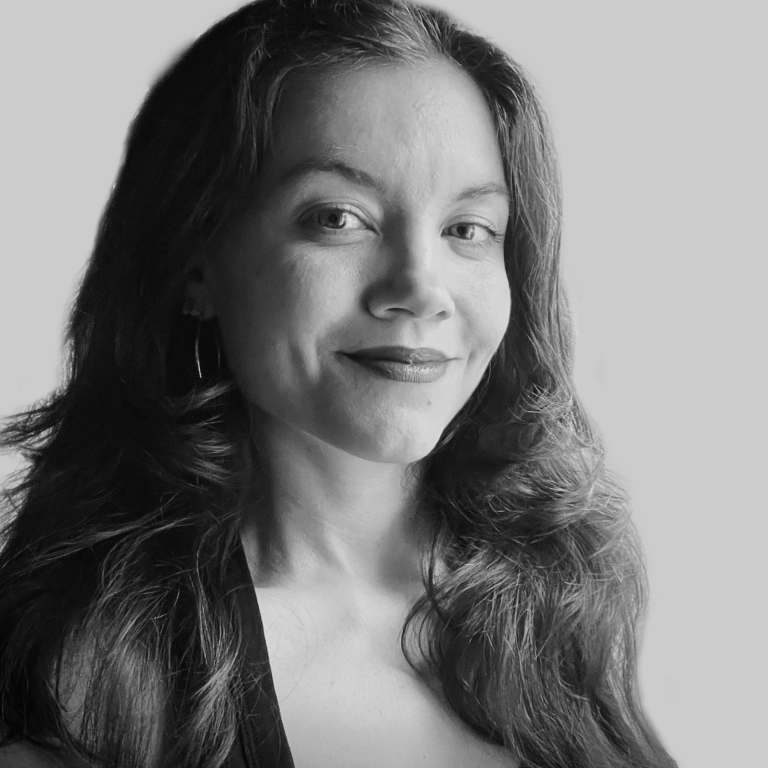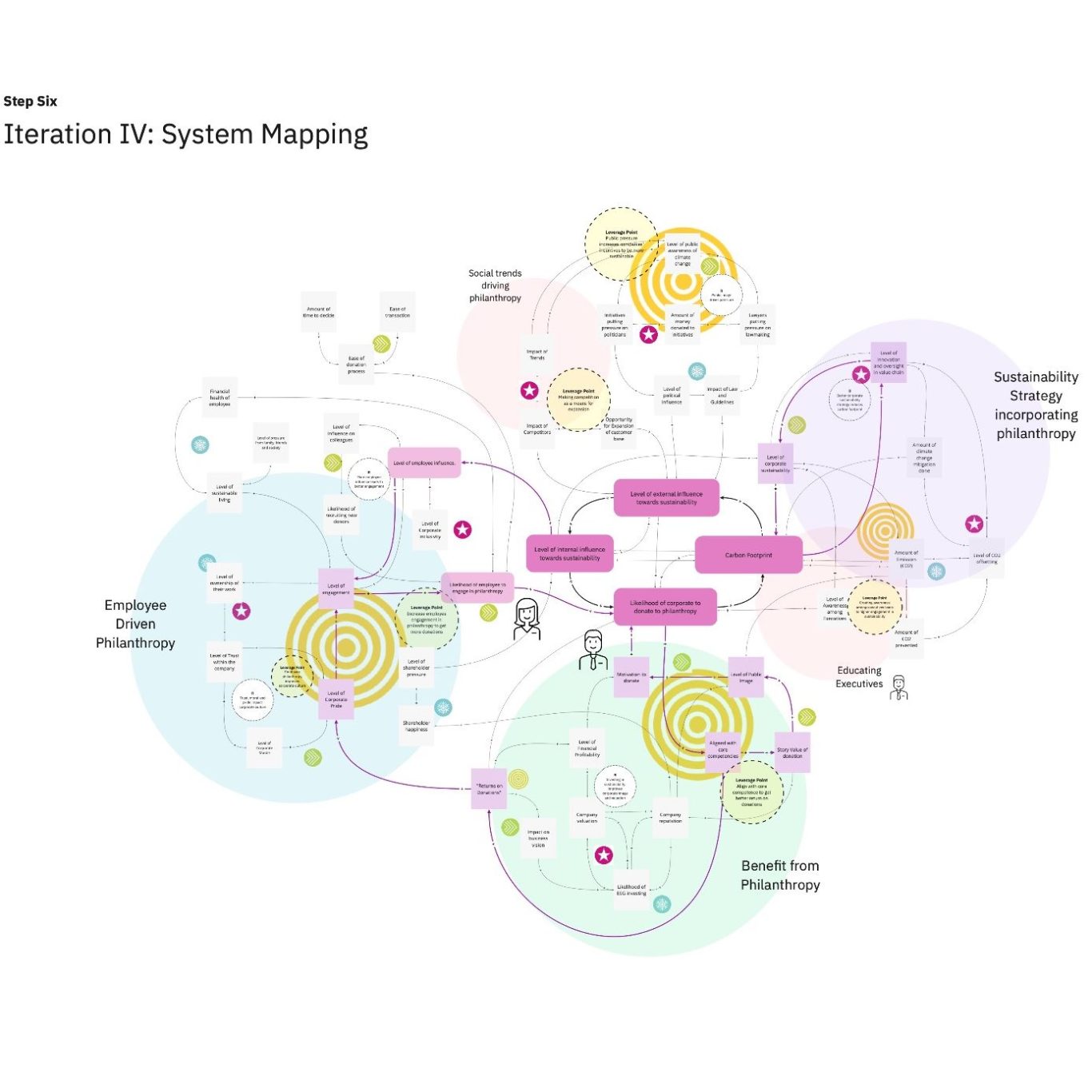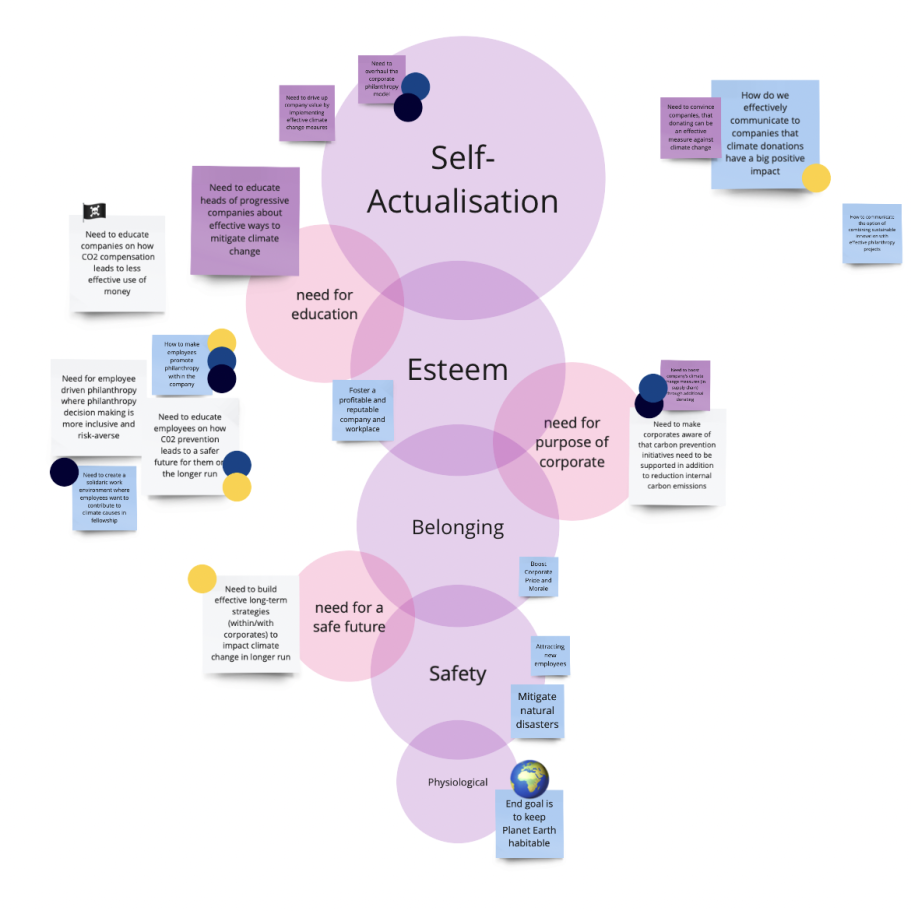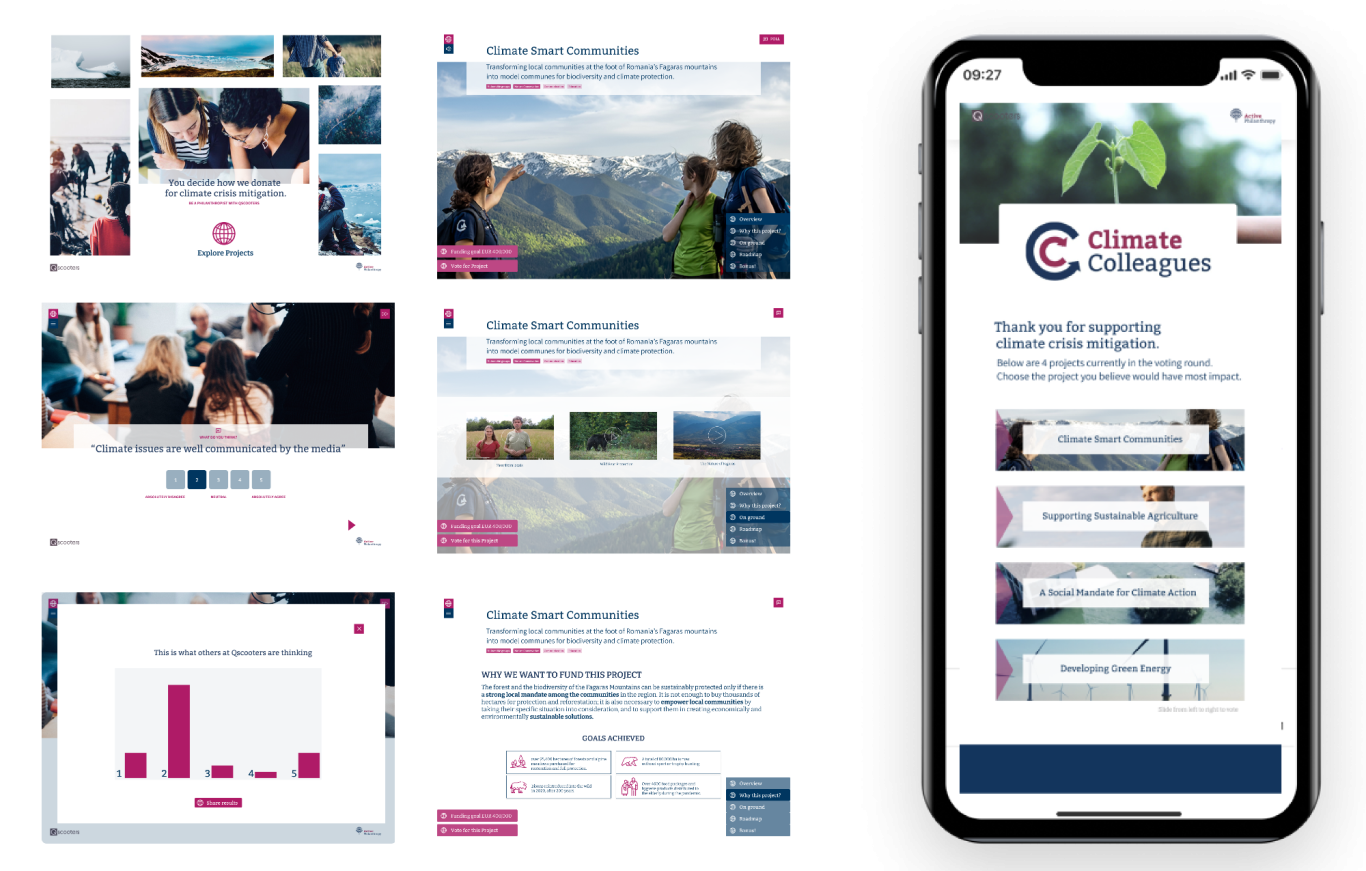Climate Colleagues - a cooperation project with Active Philanthropy
This strategic design project took place within the framework of a course at the BSDC, in cooperation the NGO Active Philanthrophy (AP). The aim of the project was to find a new communication strategy for the NGO, which would help them gain new clients and improve their workflow. AP is engaged in mediating between wealthy philanthropists and NGOs worldwide, seeking to mitigate the impacts of the climate crisis by finding funding for climate NGOs and helping wealthy clients discover NGOs that align with their interests.
Our team of students consisted of three members: me, Ashwini Narayanan and Ole Marius Nilsen. We developed a solution using design thinking and strategic design methods to help secure more donations from large corporations.
The project resulted in three different prototypes and a 196-page publication summarizing our activities.
Team members



Tiiu Lausmaa
Ashwini Narayanan
Ole Marius Nilsen
Process
The process of developing the solution consisted of four major phases: research, synthesis, ideation, and prototyping.
In the research phase, we aimed to gain a deep understanding of
the topic. A crucial part of this phase was conducting interviews
with members of Active Philanthropy, as well as employees of
large corporations and NGOs. In total, we spoke with over 10 representatives from various stakeholders.
During the synthesis phase, we analyzed the information gathered from the interviews using design thinking methods, striving to find the most optimal solution considering the different stakeholders involved.
In the ideation phase, we brainstormed ideas within our team and involved others from our course. Through iterative sorting and analyzing of the ideas, we were able to identify the best solution, which we proceeded to implement in the next phase.
In the prototyping phase, we worked with the finalized solution, giving it a visual form and a feasible dimension through
a business model.

System mapping

In this chart, you can see our system mapping, which we used to understand and navigate the complex problems of this project by illustrating the relationships between various elements within this system—such as stakeholders, processes, resources, and outcomes. It helped us identify leverage points, patterns, and unintended consequences, enabling more informed decision-making. By making the invisible visible, we were able to foster collaboration, align stakeholders, and support the development of holistic and resilient strategies.
Analysis of needs and opportunities

Our analysis of needs and opportunities involves researching and synthesizing insights about users, stakeholders, and the broader context to uncover unmet needs, pain points, and emerging possibilities. This process combines qualitative and quantitative methods to build a deep understanding of the current situation, identify gaps in existing solutions, and highlight areas where innovation can create value.
Design prototype
One of the most important parts of our solution was the creation of a new user interface.
The goal was to help Active Philanthropy increase its donor base among large corporations. Our solution included not only company executives but also employees: we developed a way for employees to participate in the donation process. This solution helps employees feel that they are part of the effort to address the climate crisis, which in turn enhances the value of their workplace in their eyes.
Employees can access information about projects supported by Active Philanthropy through the user interface located in the office and vote for their favorite project right there. The project that receives the most votes will receive donation funds provided by the employer.
